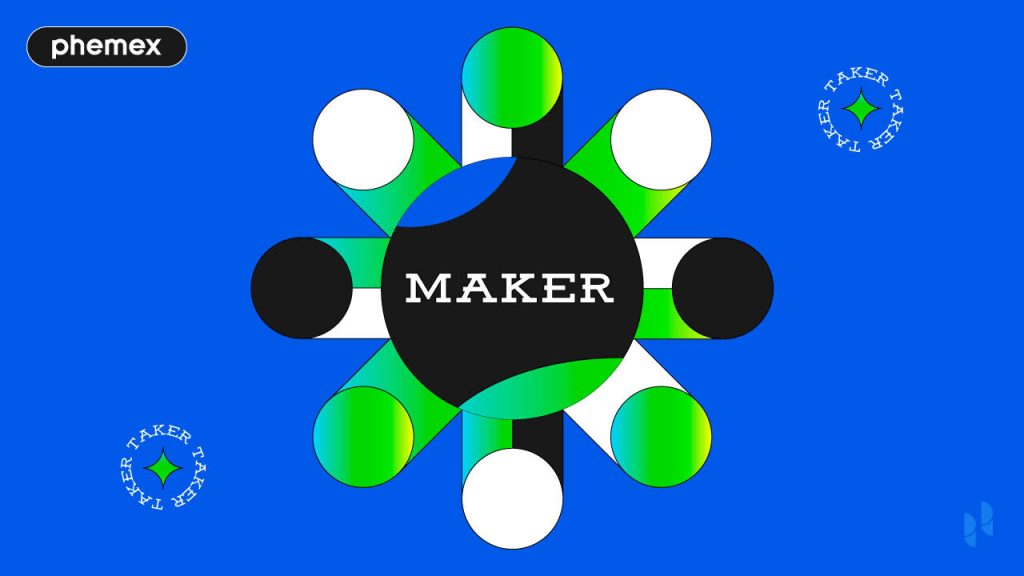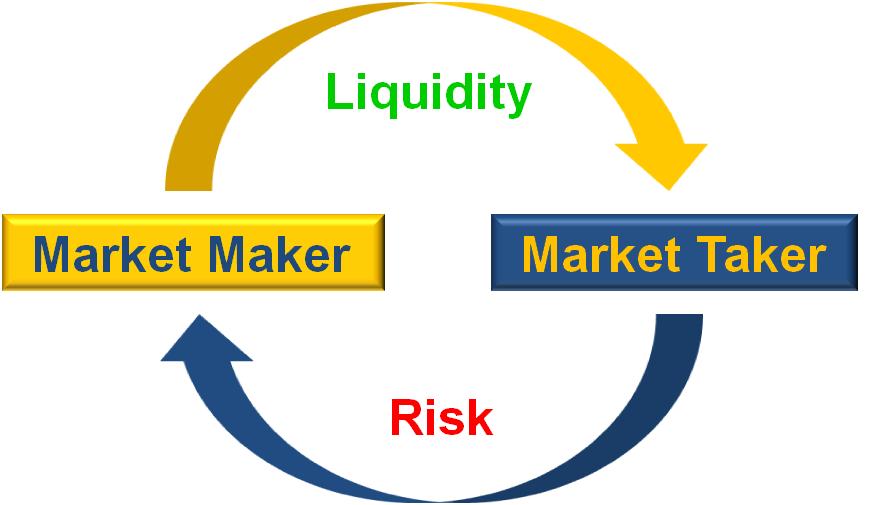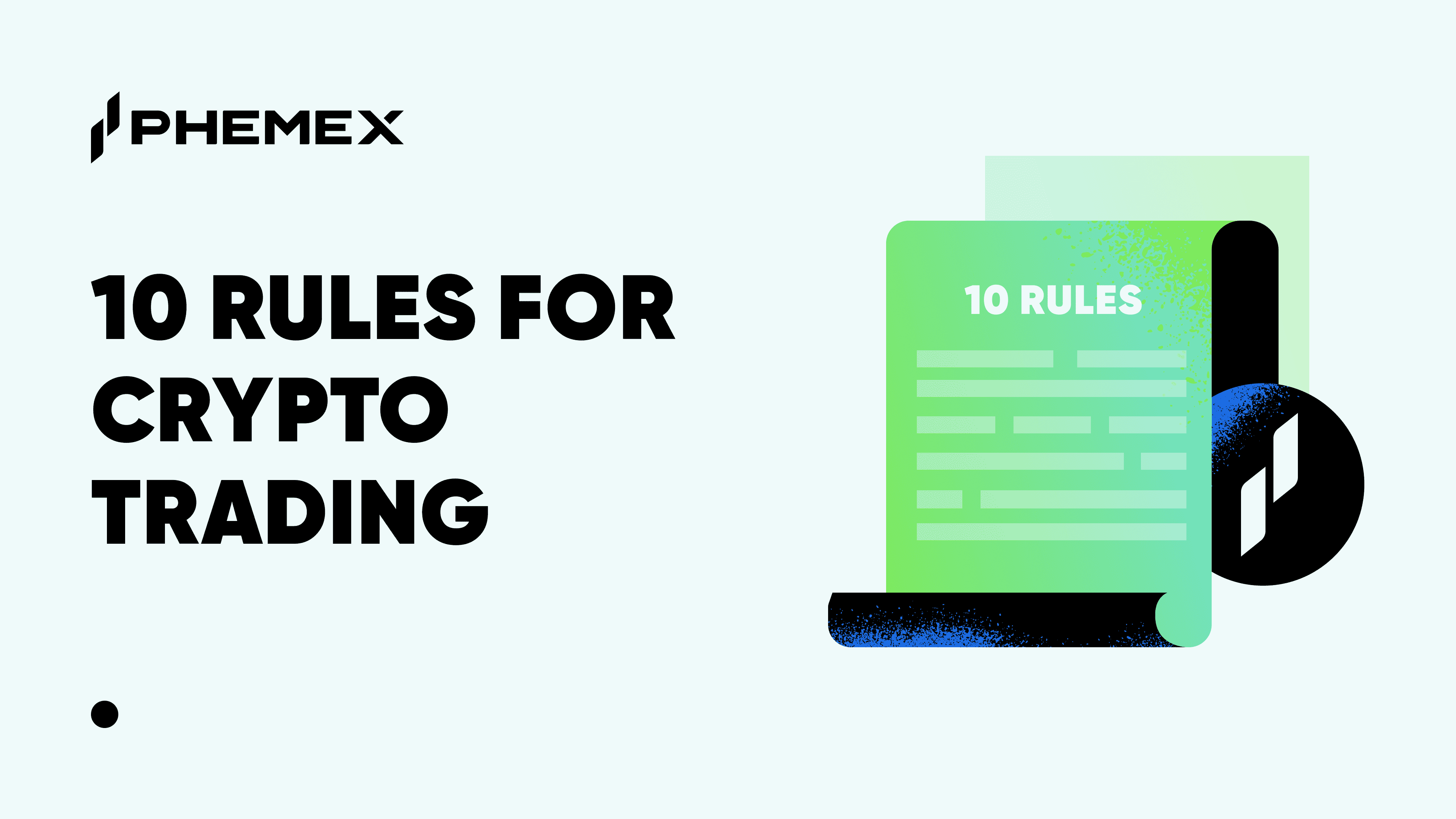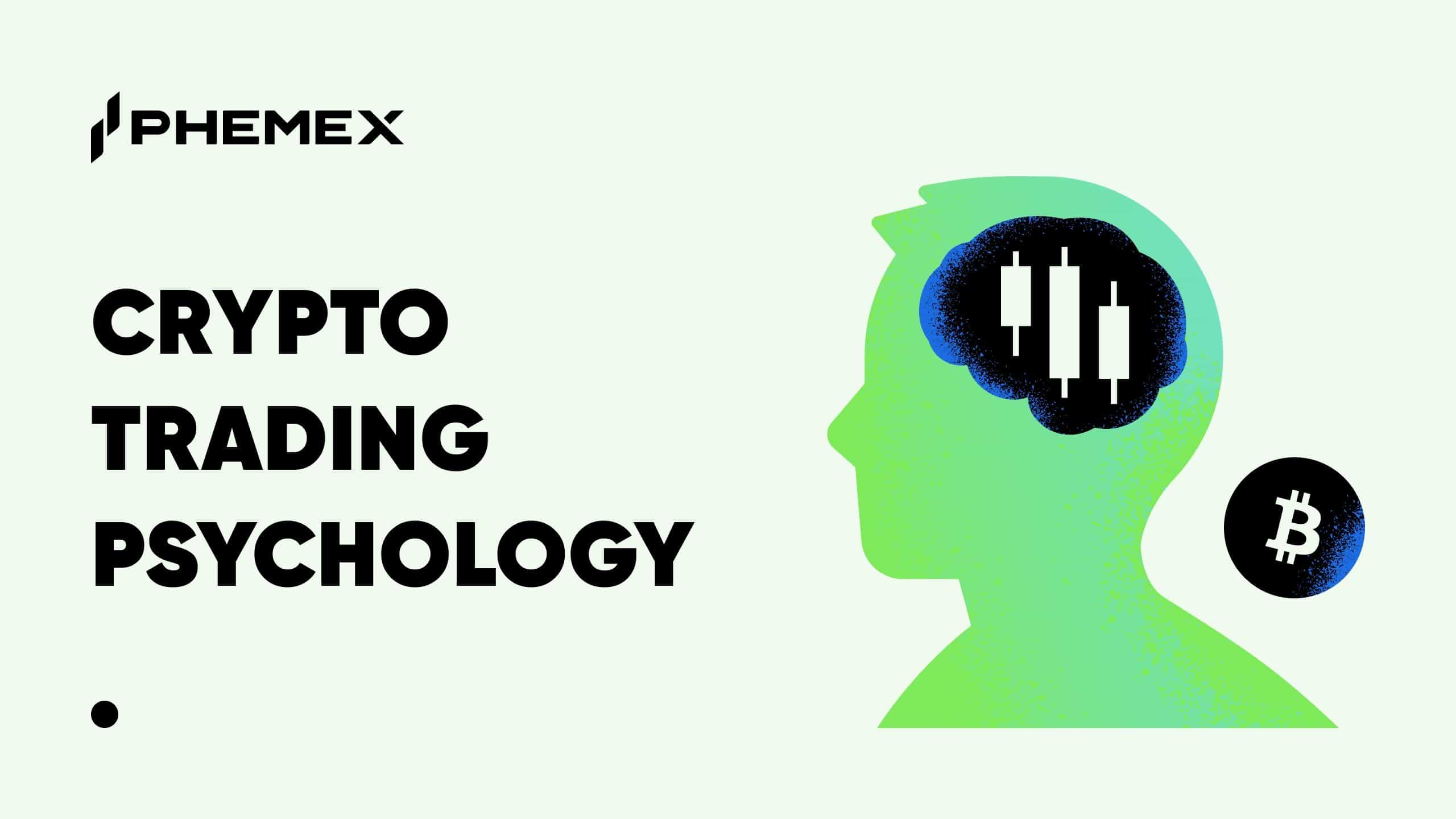An efficient financial marketplace usually has two types of traders: market makers and market takers. These two types of traders operating in tandem ensure the markets function in a fair and transparent manner, with the assets listed on various exchanges having ample liquidity. Every trading participant in the market falls under one of these two categories.

Market liquidity is one of the most important aspects of a highly efficient market. A market with high liquidity is one where assets can be bought and sold with ease at a fair value. Essentially, there is a high demand from traders who want to own the asset and there is a high supply from traders that want to sell the asset. Although even smaller retail investors can be market makers by placing orders that aren’t executed immediately, such as limit orders, the most prominent market makers are large financial institutions like Morgan Stanley, Goldman Sachs, The Vanguard Group, Blackrock, and Fidelity Investments, amongst others.

What is a Market Maker and Market Taker in Crypto?
The concept of a market maker and market taker within the cryptocurrency markets remains the same as in the marketplaces for traditional financial assets like equities, commodities, and foreign exchange (Forex). These two entities are the lifeblood of any crypto exchange, and it is their presence (or rather the lack of it) that differentiates a strong, robust exchange from a weak exchange. Since exchanges often utilize an order book to manage various trading pairs, these market participants ensure that the order book functions fairly and transparently.
In the cryptocurrency markets, as a part of the decentralized finance (DeFi) ecosystem, there is the concept of automated market makers (AMMs) which is the underlying protocol that powers all the decentralized exchanges (DEXs). AMMs eliminate the need for centralized exchanges and traditional market-making techniques that could sometimes lead to price manipulations and liquidity crises. The equivalent of trading pairs usually found on centralized exchanges is liquidity pools for DEXs.
What is a Market Maker?
Market makers are individual participants or member firms of an exchange that trades in securities for their own account. They act as liquidity and depth providers for the market in exchange for being able to profit from the bid-ask spread on various orders in the exchange’s order book.
Who are the market makers?
Traditionally, large brokerage firms are the most common market makers that offer investors asset purchase and sale solutions. The market allows the market makers to profit from the spread as they take on the risk of holding the assets since its value could decline between the purchase by the market maker and the sale to another buyer.
What is a Designated Market Maker (DMM)?
There is also the concept of a designated market maker (DMM), where the exchange selects a primary market for a specific asset traded. These market makers are responsible for maintaining the price feeds and quotes and facilitating any buy and sell transactions for that asset. DMMs on the New York Stock Exchange (NYSE) are known as specialists. A specific market maker could be simultaneously making markets for hundreds of assets at the same time. A DMM is often hired by the security issuer to “make the market,” i.e., provide depth and liquidity. Credit Suisse, UBS, BNP Paribas, and Deutsche Bank are market makers in global equities markets. While the brokerage houses compete against each other, the specialists ensure that bids and asks are reported correctly and posted.
How do Market Makers Trade?
Market makers usually transact on both sides of the market. They charge a spread on both the buy and sell price of the asset for which liquidity is provided. Makers maintain the quotes for the bid-ask prices as well. Traders that want to offload an asset into the market would have the trade executed at the bid price, usually slightly lower than the market price. Investors who want to add an asset to their portfolio need to pay the ask price, usually slightly higher than the market price. These differences between the market price and the bid-ask price are known as spreads, and this is the profit that market makers earn for trades executed by market takers. They also earn commissions for being liquidity providers (LPs) to their clients.

Can Market Makers manipulate the market?
Even though it would be ethically questionable for market makers to execute, it is possible for them to manipulate the price of the asset they are providing liquidity for through collusion and collaboration with other market participants. From this theoretical possibility emerges the common folklore or so called “urban legend” of market maker signals. However, to prevent insider trading the U.S. Securities and Exchange Commission (SEC) has prohibited instant messaging among market makers about trades queued up for execution.
How do Automated Market Makers Work?
In the cryptocurrency market, projects like UniSwap that run AMMs have gained pace and credibility over the last two years. Compared to a traditional maker-taker model, AMMs allow the market to function in a decentralized autonomous manner on decentralized exchanges (DEXs).
DEXs replace the order book systems that exchanges use to match orders between buyers and sellers with AMMs. AMMs utilize smart contracts to define the price of the asset and provide liquidity for it at the exchange. Instead of trading against counterparties, investors are trading against liquidity pools. There are various liquidity pools for specific trading pairs, users of DEXs can choose to become a liquidity provider (LP) by depositing a certain predetermined ratio of the chosen trading pair.
AMMs usually use a predefined mathematical equation to establish the relationship between the assets held in the liquidity pool. LPs are rewarded with a certain percentage of the fees paid on transactions executed in the pool. They also receive governance tokens of the protocol in addition to the users.
One of the main risks associated with AMMs is impermanent loss.
What is a Market Taker?
Market takers are those market participants in the trading ecosystem that seek immediate liquidity to make a trade and execute their position. This entails that they work in a symbiotic relationship and need each other to achieve their respective objectives.

Who are Market takers?
Market takers are usually traders and retail investors who earn profits from the asset’s price movement or use the asset’s price movement as a hedge to the other positions in their portfolio. Since market takers usually modulate their positions at a lower frequency than market makers, the higher trading costs are less of a concern. Even market takers that trade frequently tend to have a smaller impact on the market dynamics than market makers due to the volume and the number of transactions executed by the latter.
Large banking institutions and enterprises could also be market takers if they need to liquidate or execute specific trades immediately instead of waiting for the ideal bid-ask price to get executed.
What are Market Maker & Market Taker Fees?
The maker-taker model for exchanges is a way to differentiate fees between the maker orders that provide liquidity to the trading pair and taker orders that take away liquidity from the market. Both these orders entail a different fee structure for the market participants. While market takers earn profits or hedge their portfolio through price movements, market makers typically earn a bid-ask spread for providing liquidity to a particular asset.
What is Phemex’s Fee Structure?
Phemex has a fee structure that entails a 0.01% maker fee and a 0.06% taker fee. For more detailed information, please refer to https://phemex.com/fees-conditions.”
Conclusion
The maker-taker model is the most widely used pricing model for assets listed on centralized exchanges. Even though this traditional model is now seeing innovation and competition through Automated Market Makers (AMMs) and Electronic Communications Networks (ECNs), their relevance in the market is still very prominent and highly essential for the efficient functioning of the marketplace for an asset.
Read More
- What is an Automated Market Maker?
- What Is An AMM (Automated Market Maker) & How does it Work?
- Crypto Trading vs. Investing: Key Differences Explained
- Efficient Market Hypothesis (EMH): Does Crypto Follow?
- Cryptocurrency Market Manipulation: What You Need to Know
- What is High-Frequency Trading and How does HFT work?
- What Is DeFi: How To Be Your Own Bank With $100
- How To Trade Crypto: The Ultimate Investing Guide









